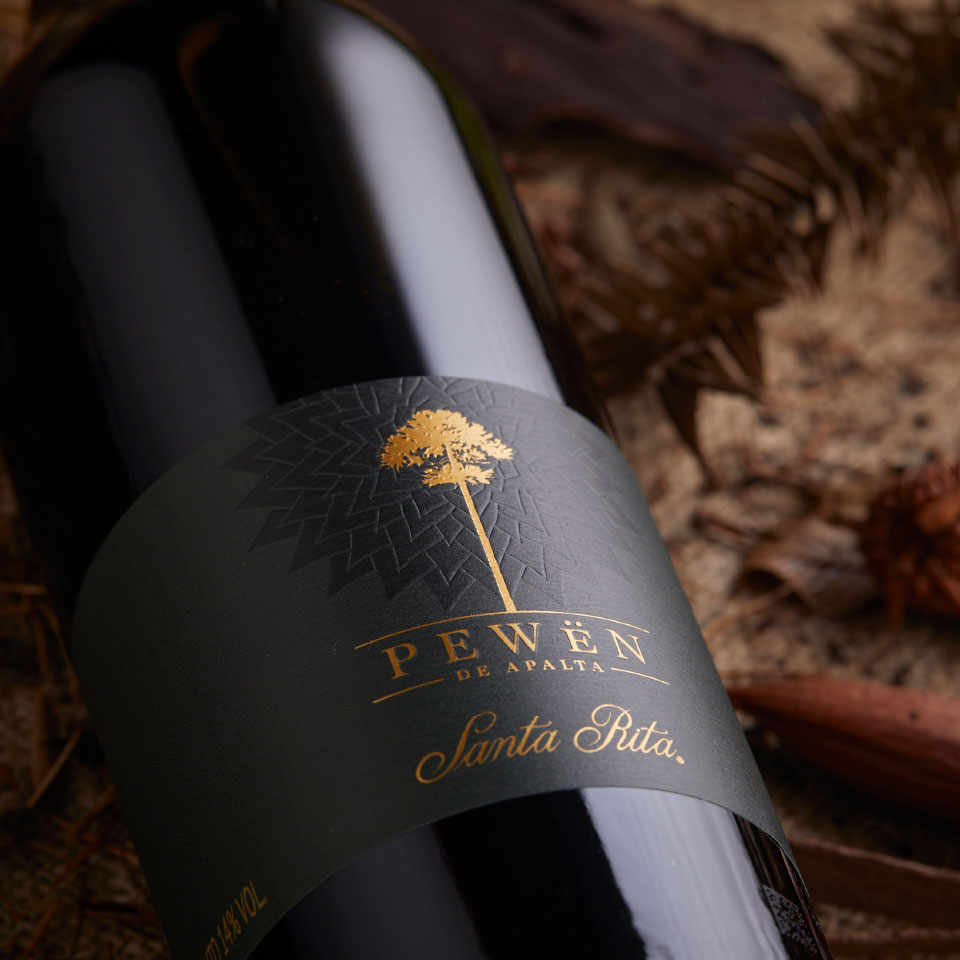Are you ready to explore
this centenary Park?
Are you ready to explore
this centenary Park?



Pewën de Apalta is our best Carménère. Created from a small plot of unirrigated vines planted in 1938, this wine reflects all the potential of the variety. This grape was rediscovered in Chile in 1994, having been thought extinct for two centuries. Coming from the small terroir of Apalta, the place of origin of the best examples of this variety in Chile. Today, it finds its inspiration in the araucaria, a native and sacred tree of Chile which is present in Santa Rita’s centennial park.
Descorchados positioned Pewën de Apalta amongst the Best Carménères in Chile, awarding 97 points to its 2018 vintage. Furthermore, it recognized this wine as “The Best of Apalta”.

The vineyard was planted in 1938 and is located at the bottom of a gentle south-facing slope, which gives it less exposure and denser vegetation.
Located in a premium winegrowing region, the Apalta Valley is in the middle of the Colchagua Valley, 190 km to the south of Santiago. Santa Rita is the largest producer of wines from Apalta, while the Colchagua Valley is the main terroir of the country for world-class Carménère.
Here, the thermal condition is sub-humid, with an average temperature of 14.7ºC (58ºF) and an average rainfall of 684 mm. The most important climatic factor in Apalta is the thermal oscillation that can surpass 20 ºC. Frosts rarely occur. A highlight is the high thermal oscillation and cool breeze that comes in from the coast through the Tinguiririca River.
The soils in Apalta can be divided into three categories: the high, mid, and low zones. The high and mid zones contain granite sediment deposited at the base of the hillsides with loamy-sandy-clayey soil, while the mid zone is just sandy.
The lower zone is characterized for its alluvial deposits with textures of loam and clay.

A wine of an intense, deep ruby red color. A complex bouquet that blends fresh red and black fruits, with spiced notes typical of the variety, elegantly combined with the characters delivered by the oak. On the palate, it is concentrated with a freshness that comes from its acidity and characteristics of the variety associated with its structure; deep, flavorful, persistent, and with a great potential for maturation.
